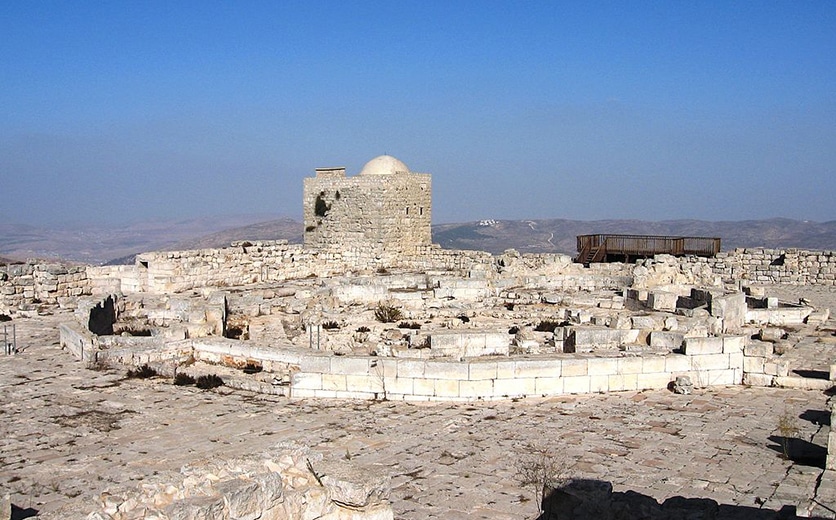A commodity used as a medium of exchange or a designation of value. In the OT, money took different forms, including metals, goods, and livestock. Among the oldest references to “money” in the OT are descriptions of transactions carried out by the Hebrew patriarchs. Abimelech harmed Sarah and paid restitution to her husband, Abraham (Gen 20:14-16). Abimelech paid Abraham “sheep and oxen, and male and female slaves” that were the equivalent of “a thousand pieces of silver,” apparently vindication for whatever evil had been done. The Hebrew word usually used for “money” (kesef) literally means “silver.” Because silver was more common than gold, which had to be imported from Egypt or Anatolia, most biblical transactions used silver. Achan reported to Joshua on spoils taken from Jericho (Josh 7:21), including money in the form of rings and bars. The gold Job received from his family when his riches were restored (Job 42:11) included rings. The necessity of coining money was resisted, but in Ezra 2:68–69, families made freewill offerings for the refurbishing of the Temple, giving the treasury “sixty-one thousand darics of gold, five thousand minas of silver, and one hundred priestly robes.” The daric and the mina were Persian coins. By the NT period, Roman coinage had become one of the means used by the imperial government to hold the empire together. Coined money, legally authorized by governments, became the standard of exchange for goods, services, and payment of taxes. One denarius was the usual salary paid to a laborer for one day’s work (Matt 20:2). It was also the Temple tax in Jesus’s time and was probably the coin referred to in Matt. 22:21.




